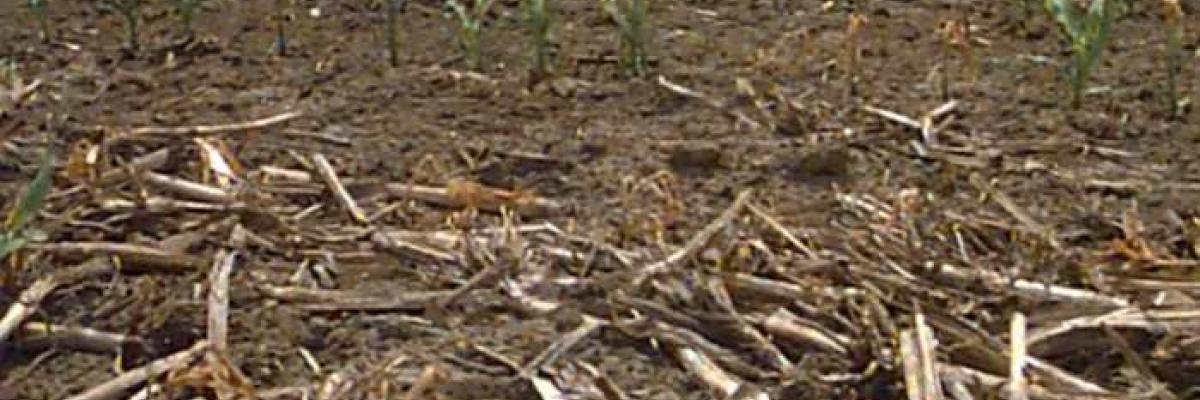
About Conservation Agriculture
View the website
Resource explained:
This webpage from the Cornell University College of Agricultural and Life Sciences website answers the question 'What is Conservation Agriculture?' It describes the three core principles of the approach, and describes other important and related definitions. Related links include frequently asked questions, advantages of the approach, management techniques and equipment information.
Findings & recommendations:
- Conservation Agriculture (CA) is a set of soil management practices. There is often a great deal of variety in terms of the crops grown and management regimes used by farmers utilising this approach, but all forms of CA adhere to three core principles: maintenance of permanent or semi-permanent soil cover, minimum soil disturbance and regular crop rotations.
- CA also uses additional management practices when necessary, including use of green manures and cover crops, integrated disease and pest management, controlled or limited human and mechanical traffic over agricultural soils.
- CA uses many of the management techniques listed above in combination with the core principles; this integrated approach is believed to lead to better overall results.
- CA is often confused with other terms including no-till/zero-till, conservation tillage/minimum tillage/reduced tillage, direct planting/direct drilling, direct seeding, organic farming. The page gives an explanation of these different terms and how they relate to CA.


